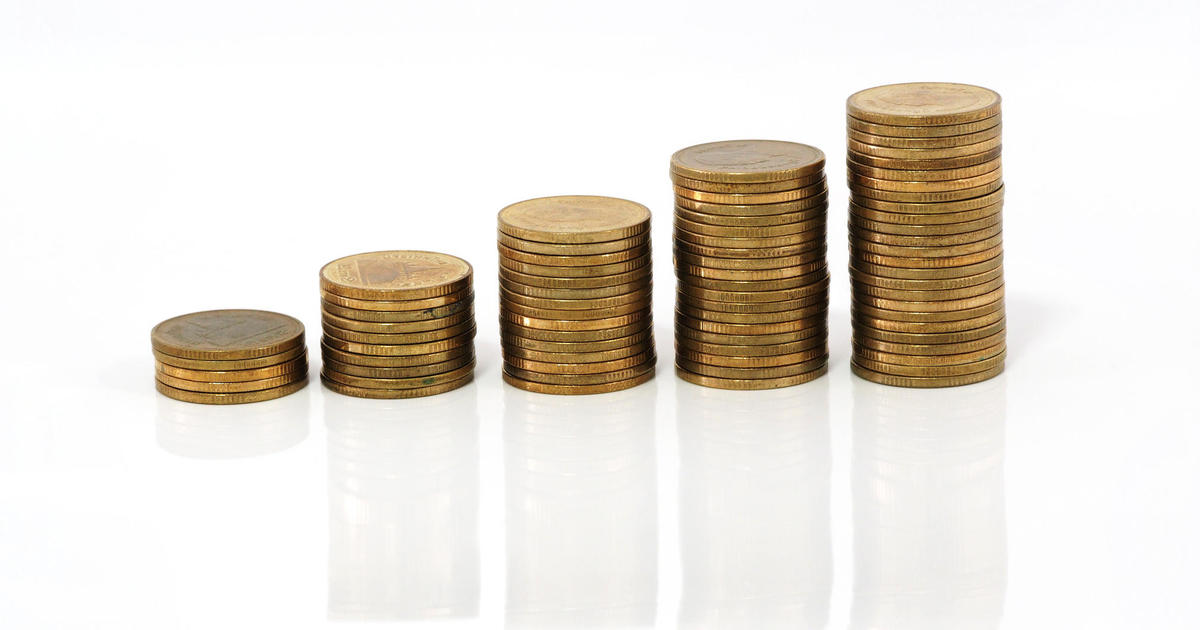Why oil prices, tame now, will eventually move back up
Oil prices are tame for now, but don't get too comfortable with them. They lately have climbed back to around $50 per barrel, quite a comeback following their two-year tumble that reached a low point below $30 in early 2016.
But there's evidence to suggest that prices will eventually head even higher over the next five years, due to industry under-investment during the oil bust.
For the moment, Saudi Arabia, Russia and other major oil producers have agreed to curtail their pumping so lower supplies will keep the price from slipping downward again. They have extended for another nine months their 2016 production caps. So as the summer driving season starts, gasoline price are only slightly higher than a year ago, according to AAA, and may well ease in coming months.
The Trump administration seeks to expand oil and other fossil-fuel production by easing off restrictions to offshore and Arctic drilling, which would expand supply and act to keep prices in check. But such projects take years to get under way.
None of this is good news for energy companies, whose stocks are drooping. The Energy Select Sector SPDR (XLE), an exchange-traded fund that covers a broad array of industry members from the oil giants to drilling-only businesses, has slid a third since mid-2014. Meanwhile, the Standard & Poor's 500 has advanced 24 percent since that time.
For oil stocks to under-perform the S&P 500, representing the broad market, "doesn't usually happen," John Dowd, manager of the Fidelity Select Energy Portfolio (FSENX) mutual fund, told Barron's. For investors, he said, the result is "a lot of fear and skepticism surrounding energy."
While no one is predicting a return to levels above $100, last seen three years ago, there likely will be upward pressure eventually to push oil prices higher. The question is how much higher. "Barring a catastrophe like a war, it won't get above $100," said Kevin Miller, CEO and portfolio manager of the E-Valuator Funds, who follows the oil industry. "And I'd be surprised to see it over $80."
Still, Robert Johnston, head of the Eurasia Group consulting firm, told an industry conference in Houston two weeks ago that worldwide economic activity will spur demand by 2022 beyond what oil firms can produce, thanks to the falloff in exploration and development of wells. "The long-cycle investor got so burned in 2014 and 2015 -- with cost overruns, political risks, uneconomic projects and lower oil prices -- that it'll take a while for the industry to get confident again," he said.
The International Energy Agency also warns that a shrinking of exploration and drilling outside North America's shale fields threatens to result in less supply available worldwide -- and that, in classic economic fashion, would mean higher prices.
"The key question for the future of the oil market is for how long can a surge in U.S. shale supplies make up for the slow pace of growth elsewhere in the oil sector," said Fatih Birol, the IEA's executive director.
By the agency's count, global oil discoveries hit a record low last year as companies slashed spending and conventional oil projects were at the lowest level in more than 70 years. The two trends appears to be continuing in 2017, it indicated.
Oil discoveries fell to 2.4 billion barrels in 2016, versus an average of 9 billion barrels annually during the past 15 years. And wells being prepared for drilling last year dipped to the equivalent of 4.7 billion barrels, a third less than in 2015.
But there are cross-currents to this lower-supply scenario. The currently strong dollar tends to pull oil and other commodities' prices downward: While the dollar has dipped a bit recently, it still is 28 percent ahead of where it was in 2014. Petroleum is priced in U.S. currency, so when the dollar rises, it takes fewer of them to buy a barrel of oil, thus lowering its price.
Nevertheless, global economic growth appears to be on the upswing. Improved situations in the U.S. and Europe, and a turnaround for emerging-market nations, bodes well, the International Monetary Fund believes. The IMF forecasts a global growth rate in 2017 of 3.5 percent, compared with 3.1 percent in 2016. And that means more demand for oil.



